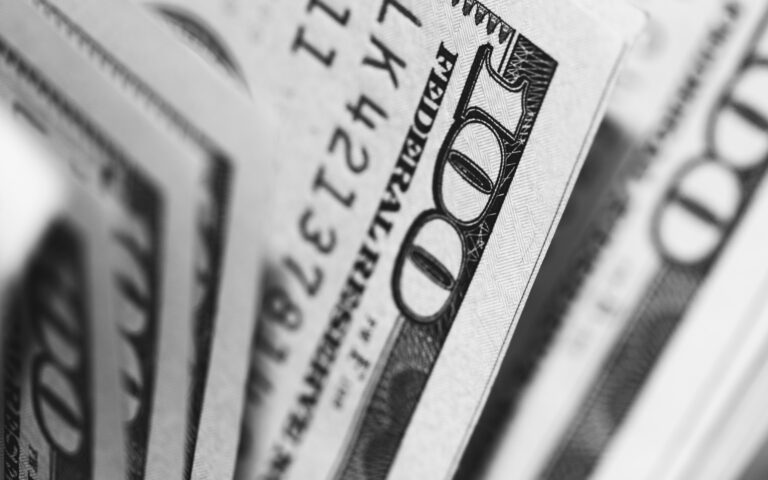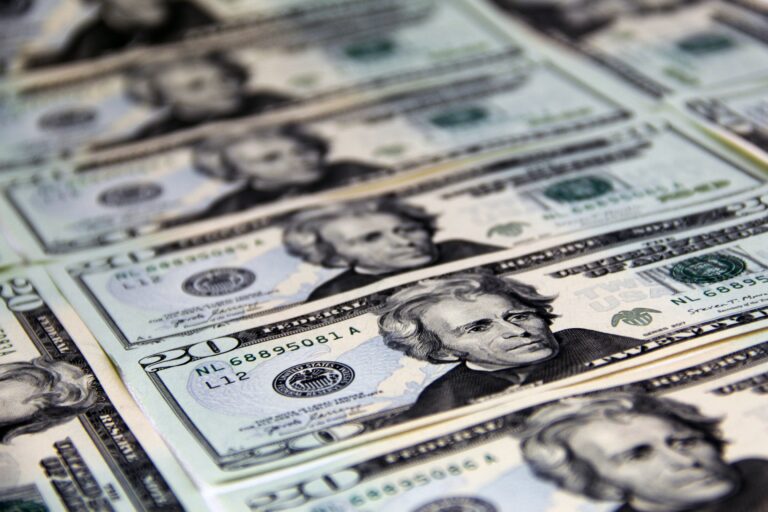
Morning Brief – Gale force 12
Phraseology meets foreign exchange part two – ‘any port in a storm’. This time I’m on side, I would indeed rather be in any port in a storm than, as the phrase assumes, out at sea staring down a Beaufort scale-rattling wind. But, once again, it’s got limitations largely created by its own design. Namely, I’d much rather be in a darn strong port with walls as high as mountains and a nice pub with a log fire and perhaps even WiFi than any old port. Now contrary to the rumours of my forthcoming Halloween costume, I’m not much of a sailor. I wouldn’t have the foggiest where to find this mystery data-enabled wind-proof public house utopia. But ask me for directions to the foreign exchange equivalent and there’ll be a traders’ map on hand in 5 paragraphs:
With an economic downturn written into many forecasts, safety could become a priority over yield and return for many consumers and investors alike. With the Fed announcing action within the repo market scheduled for later this week once again, market participants are concerned that it’s all hands on deck, pardon the pun, for the world’s central banks as they stave off an economic stumble. There’s an overarching rule for stability and risk-sharing as pervasive as it is in nature: there’s safety in numbers. With more complex economic structures come a wider variety of stakeholders in its system. A developed and broad economy will have buyers and sellers of all of its traded assets consistently balancing the price-interests of those operating within its boundaries. This creates a telos towards stability and balance versus an economy that, for example, specialises in exporting bananas that has a vested interest in the price of bananas rising across the board and is sensitive to movements otherwise. With a currency, we also bear in mind the size of the interest held by the citizens of the country/monetary area itself each of whom would like their money to retain a fair amount of its value. Their combined power versus the rest of the world and speculative players is more significant the more of them there are.
So the first condition we need is size in two forms: 1) A big market for the currency itself with balanced buyers and sellers; 2) a fair-sized economy and population to withhold a significant amount of the money supply at home under the mattress. The so-called G10 currencies (USD, EUR, GBP, JPY, AUD, NZD, CAD, CHF, NOK, SEK) are the most widely traded on foreign exchange markets. It seems a good place therefore to start from and to refine. Chuck out the Aussie Dollar (AUD) and the New Zealand Dollar (NZD). Whilst arguments can be made for their gradual appreciation in a storm their exposure to the ongoing trade war between the US and China precludes them from holding our sacred pub. Their economies are also insufficiently large, systemically important and developed enough for their currencies to represent our ultimate haven. Add to this list the Canadian Dollar (CAD) and the Norwegian Krone (NOK) because, in addition to the AUD and NZD, their currencies are so-called commodity currencies (those severely affected by global commodity prices). With biases towards the export of natural resources and sensitive towards oil prices (that go down as global output and therefore energy demand go down) these four won’t hold value the best. As NZD is to AUD, SEK is to NOK, and the correlation in economic performance could allow the Swedish Krona to be dragged down alongside commodity currency NOK. 5 down 5 to go.
This is where it gets tricky, the others all have a proven bias towards stability, represent some of the largest economic systems in the world and have a history of defensive demand. From Pound Sterling (GBP) positioning in derivative markets and from its spot value at the moment, the Pound won’t contain your pub, sorry! With Brexit, a minority governance and talk of an election, the Pound won’t be our haven and nor will it be the market’s choice should the synchronised slowdown the IMF warned us of materialise.
So it bring us to the top four: The Japanese Yen (JYP) and Swiss Franc (CHF) are both classic safehaven currencies investors still move towards as a risk-off trade when market risk appetite sours. Arguably the former has received a larger bid due to its fiscal (public spending) practices and tendency towards gradual economic and monetary governance. The Swiss Franc has exhibited less evidence of a price appreciation in reaction to a demand for safety. Therefore favour the Japanese Yen as a top priority to relax beverage-in-hand as your vessel rests safe and sound behind mountain-like harbour walls.
Lastly, the US Dollar (USD) and Euro (EUR) are the most heavily traded instruments in the foreign exchange market and also have the privilege of being backed up by two of the most broad and developed economies on the planet. Our top three has therefore been discovered and with diversity in holdings too comes an additional grant of expected stability. Both of these two leviathans(EUR & USD) have concerns: for the US Dollar it’s of its existing overvaluation; for the Euro it’s the economic slowdown already underway, a change of monetary governance and recession in its largest economy. As the ECB meets today for President Mario Draghi’s last decision at the helm, we will monitor how the transition to incoming President Lagarde will affect the currency and it’s status as a reserve asset.
Discussion and Analysis by Charles Porter

Click Here to Subscribe to the SGM-FX Newsletter
Related Insights

Daily Brief – Weren’t Tariffs USD Negative?
Weren’t Tariffs USD Negative? The Dollar proved sensitive to headlines regarding trade during the US overnight session. However, contrary to what many commentaries would have you believe, as the risk of tariffs escalated the Dollar rose. The 90-day pause following Trump’s April ‘liberation day’ tariffs had been set to expire this coming Wednesday. To the […]

Daily Brief – Dollar Reserves
Dollar Reserves With the passing of Trump’s original deadline for the reimposition of liberation day tariffs yesterday, markets have breathed a sigh of relief. July VIX futures continued to slide lower. Moreover, what may surprise anyone who had been expecting the issue of tariffs to resurface following the passing of Trump’s new deadline, so too […]

Daily Brief – Big Girls Don’t Cry
Big Girls Don’t Cry A bond market tantrum and one of the sharpest one day sell offs in Sterling for several years appear to have been catalysed by the Chancellor’s appearance in PMQs yesterday. First: the back story. This Labour government has faced some embarrassment in recent weeks trying to get its welfare bill through […]



 Charles Porter
Charles Porter